“We have this common-carrier obligation to provide freight service to all customers in all markets,” said Rose, BNSF Railway’s executive chairman, during a Monday morning “fireside chat” at the annual National Railroad Construction and Maintenance Association conference. “And what we’re doing in PSR is we’re redefining what we’re willing to accept in the freight railroad industry on certain lanes. And I really do believe we’re going to get in a lot of trouble by doing that.
“What the [Surface Transportation Board] allows us to do is what we call price differentiate,” he said, illustrating with an example of airline passengers in adjacent seats who may have paid significantly different fares depending on when they bought the ticket. “We get that same right, but we have to carry you from Point A down here to Florida. If the airlines say, ‘We’re not going to provide service to that market,’ I think they’d get in trouble. I think the freight rails will get in trouble doing that.
“… When you start redefining markets, I think then the federal policy makers will look at this, and quite frankly, they will not be happy with us.”
Rose also expressed doubt that Precision Scheduled Railroading – the approach championed by the late Hunter Harrison at Canadian National, Canadian Pacific, and CSX Transportation – ultimately provides the service improvements claimed by some of its adherents. To illustrate, he pointed to interline service agreements between railroads: “When two railroads do business with each other, we make a commitment that we’re going to deliver to the gateway at X time on X days.
“We do business with railroads that are fully impiemented from a PSR standpoint, and I don’t see any improvement in our ISA’s with them. Zero. When I look at how those railroads do with commuter rail or passenger rail service, I don’t see any improvement … I don’t hear any customers jumping up and down talking about how service is so much better on any railroad. In fact, I would tell you it’s just the opposite, when I look at what the network is really doing.
“And I think the point that I’m trying to make is, when railroads say we’re no longer to serve these markets, one railroad may be able to get away with it, because then everybody can point to, well, the other railroads are going to get the business.” If other railroads follow suit, he said, “then trust me, there will be a whole series of hearings in D.C. on this.”
Rose, who will retire in April as BNSF’s executive chairman, made it clear he feels extremely fortunate to have led a railroad that, as part of Berkshire Hathaway, has been insulated from much of the quarter-to-quarter scrutiny faced by the publicly traded railroads.
He recalled shareholder presentations prior to BNSF’s acquisition by Warren Buffett’s company.
“You’d meet with two people from Fidelity, and there’d be 20 other people. And all they were trying to do was understand what was going to happen the next quarter,” Rose said. “… These are assets that we hope are going to live for 20, 30, 40, 50 years, and you’ve got some kid who just got out of college asking, ‘What’s your earnings going to do next quarter?’ You know, like who cares?”
In contrast, being part of Berkshire Hathaway – “they’re public, but it feels like being privately held,” he said – has been “unbelievably refreshing.”
To illustrate, he called a year when the sudden growth of crude-by-rail traffic was swamping BNSF at a time when it had already announced its largest-ever capital spending plan, some $5.2 billion. Eventually, he called Buffett and said he needed to spend another $500 million on capital projects.
“He said, ‘Well, that’s why you’re the CEO.’ That was it. In other words, I’m not going to say yes. I’m not going to say no. Here’s a rope; go hang yourself. Have a good day.
“If we were publicly traded at that time, I would have had to have a board call. I would have had to spend days going through resolutions. I then would have had to file an 8-K. I probably would have had an analyst call. The stock probably would have had the tar beat out of it, for spending more money on the railroad.
“It’s a whole different deal. And really, I wish all of these railroads were out of the public markets, but that’s not the reality. And it’s unfortunate for some of them.”
It’s also unlikely that any other railroad will be taken private any time soon, he said – or that there will be any mergers. In both cases, the railroads’ values work against them.
“When Warren finally came along in 2009, the market cap was $27 billion; he took us out at $36 billion,” Rose said. “Today, these market caps are unbelievable.” A railroad like Union Pacific, he noted, might have a value over $100 billion. “So when you think about a private equity coming in and buying one of these public railroads, it’s a big, darn deal. I don’t think it’s going to happen.
“The second question is are conventional mergers still viable, and there, I think the answer is the same. For one railroad to buy another, you’d have to borrow $100 billion, $70 billion, something like that. These are staggering numbers. … it would be really hard to fund a merger like that. And then you’ve got this whole regulatory issue I think this next merger of two Class Is will trip off, which will have a whole set of destructive issues that would come to the railroad industry – things like forced access, exceptions that the STB covers, competitive line rates – all these things I think would be very harmful to the industry.
“So I don’t think the public litmus test is ready to accept that we need more rail mergers.”
Rose said he does not yet know what he will do after he retires from BNSF.
“I’ll probably do something in public policy,” he said. “I’m going to look at a lot of things. I may do something in private equity. I don’t know.





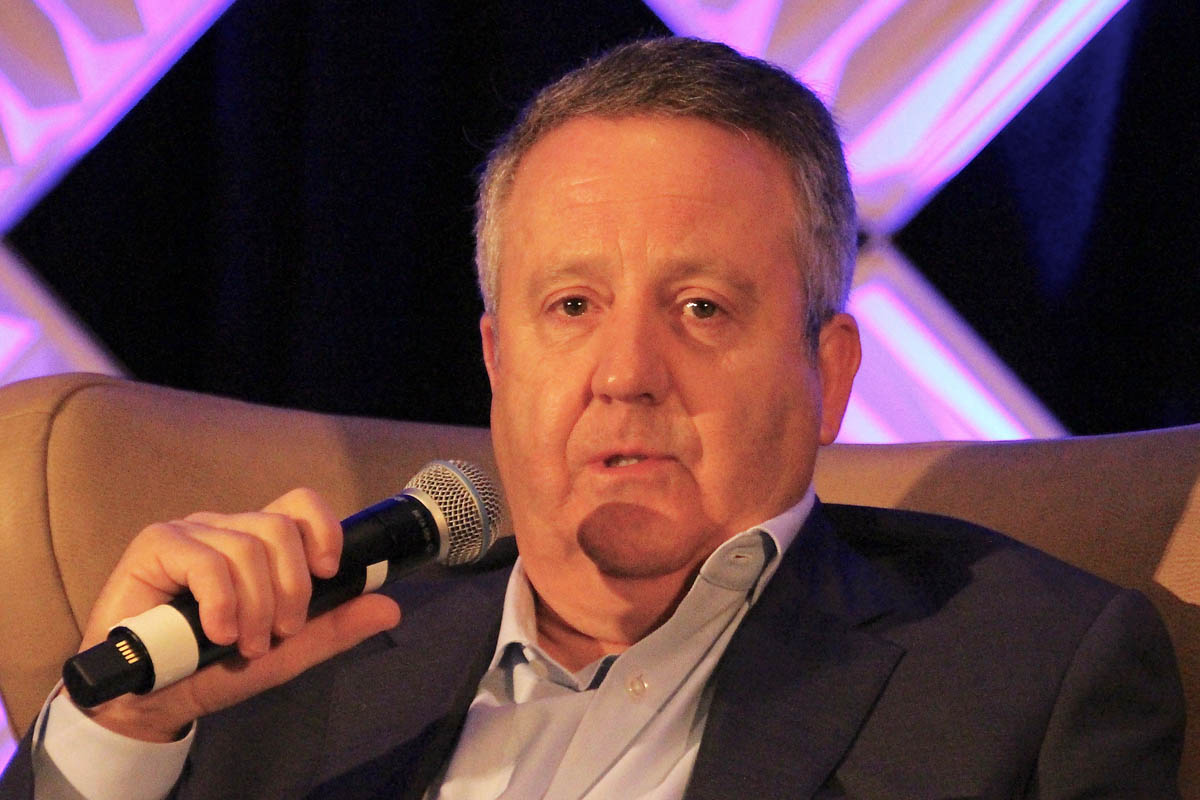

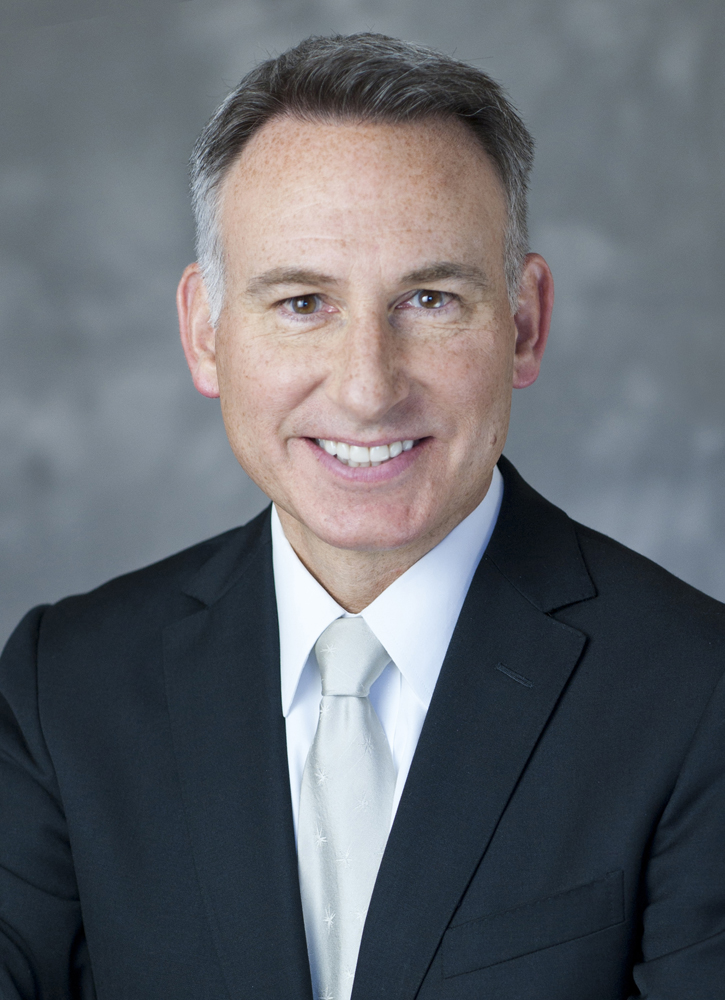
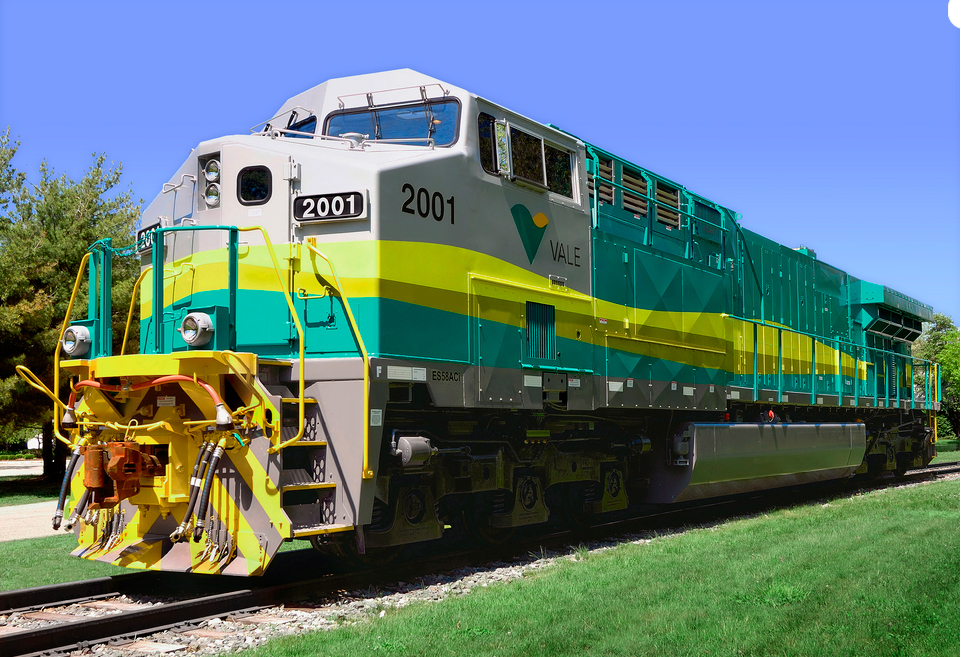
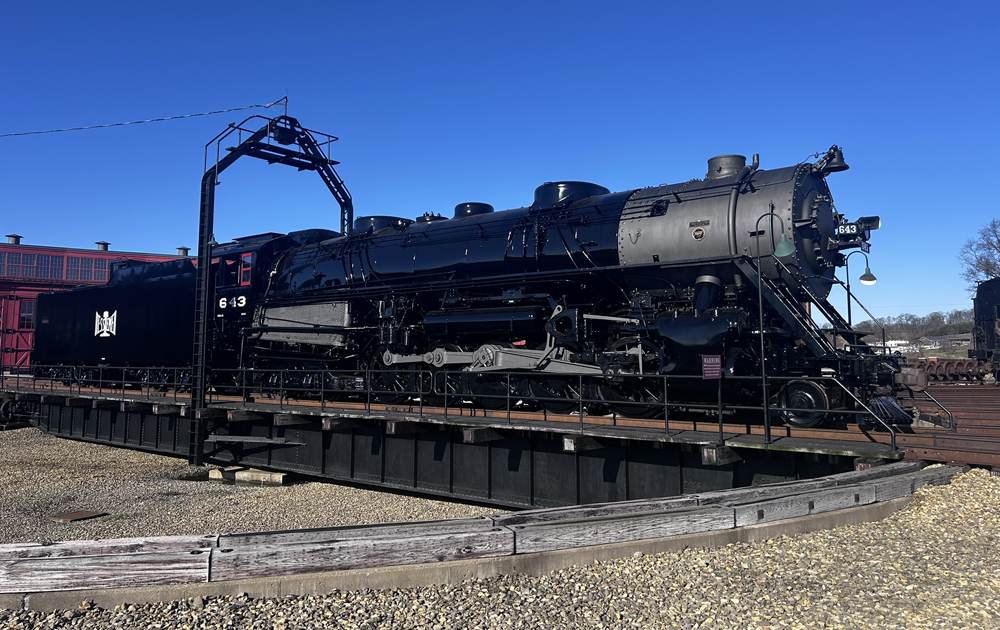
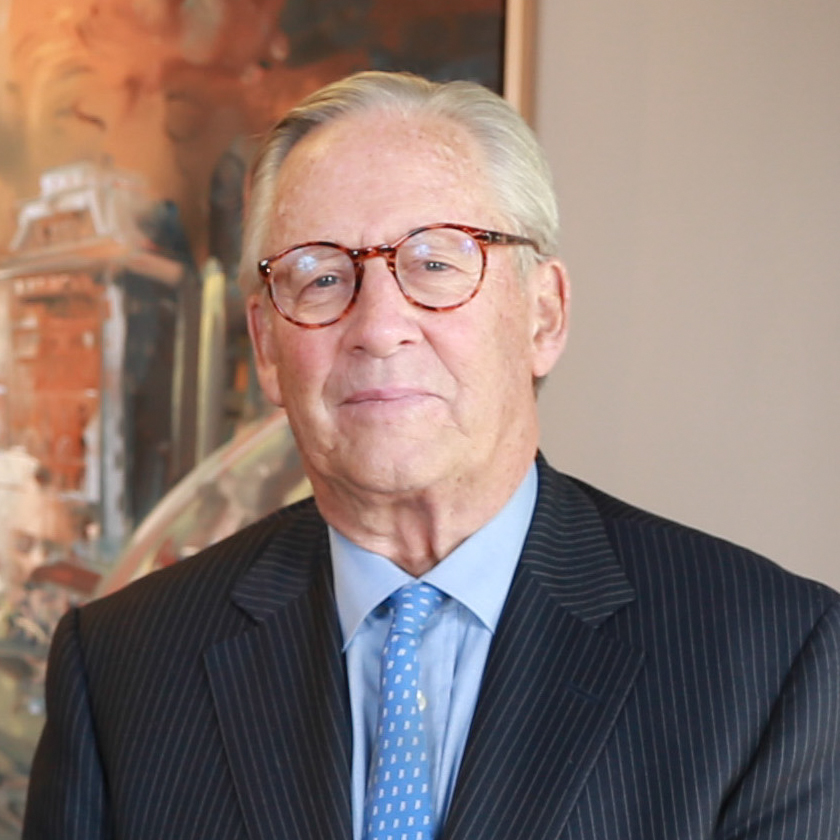




One of the biggest obstacles to improving Rail Carrier efficiency, profit and safety is the adversarial relationship between Management and Labor. Rail Carriers such as BNSF have destroyed employee morale by creating conflicts between first line supervisors and employees. BNSF employees believe that management bonuses that reward for decreases in FRA reportable injuries to employees cause management to blame employees for safety problems rather than rewarding management for fixing safety problems. BNSF employees believe that management bonuses based upon “velocity” metrics place pressure on management to “move trains” even if the train has a rail car with a dangerous FRA defect.
Finally, the failure of BNSF and other rail carriers to deal with employee fatigue and burn-out has and will continue to cause BNSF to lose experienced Engineers and Conductors—the employees with the most important “institutional knowledge” only to be replaced by “five week wonders” trained in Overland Park who don’t know how to truly move freight safely and efficiently.
I am a lawyer who has handled claims involving BN and BNSF for forty years. (Matt, we met in DC at a reception for Sen Rockefeller a few years back.) My offer to sit down with you off the record, for free to discuss ways to make BNSF more efficient, profitable and safer is still on the table. We should do this before we both retire.
Matt, I wish you and BNSF All the Best…but remember, without your TY & E employees BNSF cannot turn a wheel or make a dollar.
Bill Jungbauer
St. Paul, MN
If customers used Amtrak as a barometer for how their freight is moving thing would be better.
Seattle/Portland round trip , is as low as $91 on Delta. That’s non-stop.
Amtrak is as low as $52.00
If you flew from Seattle to Tacoma, you leave and arriving from the same airport.
What is your point?
Curt:
I manage transportation for a small oil refiner, and we move about 22,000 cars per year in manifest and unit trains. I deal with both Canadian and the 2 western US Class Is.
I characterize UP is mostly “lost in the woods”. BNSF has gone out of their way to be difficult and cost us millions of dollars.
Right now, I would say the entire industry has an exaggerated opinion of itself (well, they normally do, but this time is particularly bad). The industry is still working in a 1920’s operating and management model. Technology has mainly been used to reduce cost, not improve their ability to serve their customers.
ROBERT – A few years ago the Choctaw Line, along with CSX’s “S” line made someone’s list of segments that railroading wish hadn’t been junked. It seems ROBERT that you must have looked at a map of USA and seen how southern California and northern Texas fit together with eastern USA. Your answer, quite correct, is the ex- Rock Island line you cited.
I’m not familiar with Memphis so I can’t say how well or how poorly the ex-Rock Island would connect to the NS line east to Huntsville and Chattanooga and north to Virginia. What all of us do know is that a lot of truckers find I-40 and I-81.
Seattle and Tacoma? You can drive it in half an hour!
My point is SWA found a way to discourage passengers from using their network on a “lane” that didn’t make sense for them using price and routing. But they still quote the rate, so no “common carrier” violation or fear of re-reg.
While I agree with some of the principles of PSR. Mr. Rose your are dead accurate.. RR’s need to quit providing selective service..
From Wildman’s comment some junior ATSF executives did consider buying the Erie Lackawanna for intermodal access to NYC and the East Coast. they even made an inspection trip over the line but it evidently went nowhere.
The road also passed on the Rock’s Choctaw line (Amarillo to Memphis) saying it would cost a fortune to rebuild it. I bet they wish they had it now.
Michael: I work for a chemical shipper and my personal experience with BNSF is pretty much 180 degrees opposite of yours. I suspect each of us experiences the “many different faces” of the railroads we interact with though; so I’m not inclined to question what you are seeing.
Now; had your comments been directed toward UP; I’d have been in complete agreement.
BNSF is the most arrogant of all the railroads that Ideal with. They do many of the things that Mr Rose claims they do not do and don’t do several of the tings he claims they do.
Their interline management of unit train operations is a joke.I my experience, they make no plain until after the train arrives at interchange, and then rarely meet their own plan.
They have created extra-regulatory rules that have significantly increased customer costs, and then changed the rules again in mid-stream. It has cost us millions.
Frankly, given the oligarcial structure of the industry, re-regulation of some sort is needed. Customers have no protection. The only ones using railroads anymore are pretty much captive.
It amazes me how the industry deifies senior railroad management, and doesn’t question the nonsense that they spit out.
One thing I’ve always appreciated about Matt was his willingness to be frank. And I find myself nodding my head in complete agreement with his above comments.
Amen to Matt Rose. When an experienced, successful CEO lays it on the line, the counterparties in the industry had better take heed. The 1960’s and 1970’s talk of firewalls at the Mississippi River to avoid a dysfunctional, failing Northeast is re-emerging, albeit with a change of geography. If
Buffet really wants to bite the bullet, perhaps he would consider bringing some surplus eastern trackage into the fold and demonstrating what can be accomplished with accumulation instead of amputation. The old Erie-Lackawanna coupled with Indiana trackage to test the NYC metro market would be a good starting point.
Great to know that there’s a railroad that’s well run and that cares about its customers and the public.
I am beginning to wonder if it would be absolute heresy to suggest that the Federal government purchase the principal trunk line trackage and auction off operating rights to interested parties. Such a plan would have to charge enough in per ton mile tolls to recover capital costs and reasonable maintainance. Access neutrality would have to be a fundamental element. Scheduling would be the devil in the details as would provision for extreme weather, wrecks and unusual congestion. Laggards fouling the system would have to be promptly and painfully censured. Thoughts anyone? The idea isn’t really new but if the nation’s highways are to continue functioning, rail is going to have to pick up a lot more of the load than it has, or in the current climate, intends to. 30000 Sikh truckers can’t be wrong about the traffic out there. Wait a minute–did you say Sikh as in Indian Sikh? Did indeed.
Words of wisdom.
I meant to type Seattle-Portland in my first post there…
All that said I think Matt Rose is right, especially about the “shareholders only” orientation that’s a plague on the US economy. But some of the arguments Rose makes are a tad disingenuous.
Okay so I just went to the Southwest Airlines website, and checked out the (sale) price for a round trip between Seattle and Tacoma midweek a month from now. The fare was $208 each way and all flights were via either San Jose, Oakland or Sacramento. The trip time ranged between just under 4 hours and around 5 hours. Most of the San Jose-Portland flights for the same time range were between $69 and $77 each way and most were direct.
Tell me you can’t shed unwanted and insufficiently remunerative traffic if you want to using a combination of price and “trip plan” and still be considered a common carrier.
It’s amazing how we forget the past. I’m glad to hear Mr. Rose can see through this so called PSR. When I started working for the railroad industry. They had scheduled rail service, We even had scheduled trains in the Time table. But it did not take long for the traffic to change that. New management came in and it didn’t take long for train lengths to go back to running 200 cars trains again because it took fewer crews to move them and there was always traffic that never made it to the connection on time. Also the newer units, F7’s, could pull more. Harrison may have though he had a great idea, but in the long run it will revert back to the old ways. Thank you Mr. Rose for seeing through this. To many Railroads have sent senior management it to the sun set and no one is left the glean the fruits of the past. As it’s said, ” If you don’t learn from the past your going to have to relieve them.”
This also go’s for that someone who thinks he doesn’t have to live up to the mandate Congress gave Amtrak when it was formed. To SERVE the public. Not your own back pocket. It’s time that someone helped Mr. Anderson get that straight.
The root of the problem is private ownership of what should be a public asset. North American railroads are a one trick pony: They move land barges well — oil, grain, coal and containers. Land barges all.
Highways are clogged, trucks are not the most environmentally friendly way to move cargo. Yet Calss-1 railroads cannot possibly compete with trucks because of their land-barge mindset. In the US, only FEC “gets it” with short hauls. One has to go to Russia or China to see other examples of where rail freight works well.
There is something terribly wrong with an industry that borrows billions in long term debt for share buy-backs (or dividends in the case of BNSF) and spends less on Capital Investments — particularly for new capacity.
Short of public ownership like TVA, Bonneville, coop or state owned electric utilities (all work quite well!), then strict regulation is necessary — which includes mandated capital spending.
Agree or disagree, how refreshing to hear the candid, thoughtful views of a Class 1 executive chairman, which has brought forth some equally thoughtful responses. Compare to the aloof haughtiness of Richard (“I don’t talk to the press.”) Anderson.
I know a railroad that needs Matt Rose; Amtrak.
That’s basically what I’ve been saying all along; wrankle one or two customers and no one will notice. Wranlke a dozen then they get together and state their case to the board and you are on the road to re-reg. It can easily become a case of where the cure is worse than the disease.